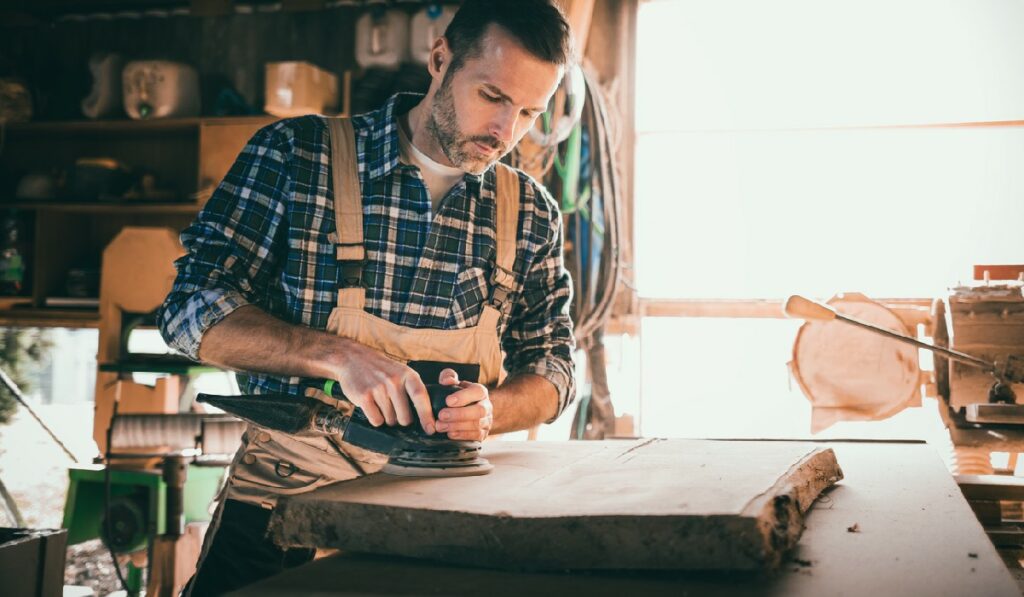Here’s How You Can Restore Your DIY Cutting Board

Cutting boards are one of the most used tools in the kitchen, and having a good one can make a big difference in the quality of the food you prepare. What do you do if your cutting board is old and worn out? Do you have to throw it away and buy a new one? Not necessarily. With a few simple upgrades, you can turn your old cutting board into a like-new one that lasts for years.
This post will share tips and tricks for upgrading your cutting board. We’ll discuss which materials are best for cutting boards, how to clean your board, and what oils and treatments to use. With these tips, you can transform your old, worn-out cutting board into a work of art.
Materials You’ll Need
Choose a quality cutting board made from durable materials such as wood or plastic. More firm surfaces like bamboo are best, as they are less likely to develop knife marks. You will need a utility knife and a selection of sandpaper to smooth any rough areas. Use coarser sandpaper for the initial sanding to remove splinters, while finer sandpaper works best for finishing and polishing the board’s surface. Mineral oil protects the cutting board’s surface and prevents stains and odors. Be sure to choose food-grade mineral oil, which is safe for kitchen items and won’t leave any unpleasant flavors on your food.
Preparing the Board
Before upgrading your cutting board, ensure it is clean and free from dirt or debris. Use warm water and mild soap to clean the board and dry it after washing. This step will help to remove any bacteria that may be present on the surface of the board. Next, carefully inspect the cutting board for any cracks or splinters. Use a utility knife to chip away any areas of concern before sanding them down until they are flush with the board’s surface. After removing all of the splinters, use a variety of coarse sandpaper combined with a utility knife to smooth down any remaining rough spots on the cutting board’s surface. Be sure to take your time when sanding so that you don’t miss any areas and end up with an uneven surface once you apply mineral oil or other finishes.
Finishing the Board
A quality finish on your cutting board will help protect it from stains and odors and keep it looking nice over time. After sanding, use warm water and mild soap to clean off the dust from sanding before letting it dry completely. Once it is dry, apply a thin layer of mineral oil with a soft cloth and work it into all cutting board surfaces until evenly distributed throughout. Let it sit overnight before repeating this process until you have achieved the desired finish. Applying more layers will help seal in moisture and create a protective barrier against any odors and stains that can accumulate.
Maintenance Tips
After each use, clean the cutting board and dry it completely before storing it. Depending on how often you use your cutting board, re-applying mineral oil every few months can help maintain its protective layer against dirt, grime, and stains. It’s crucial not to use harsh chemicals when cleaning your cutting board, as they can strip away the protective coating, leading to discoloration or damage. Use a mild soap that is food-safe and gentle on your cutting board.
Conclusion
Upgrading your cutting board can be a simple and fun project that won’t break the bank. You can easily transform your old cutting board into a work of art with the proper materials, tools, and some elbow grease. Following the steps outlined in this article, you can take your cutting board from worn out to wow in no time. With proper cleaning and maintenance, your cutting board can last many years and help make your cooking endeavors a breeze. What are you waiting for? Get out there and upgrade your cutting board today.
